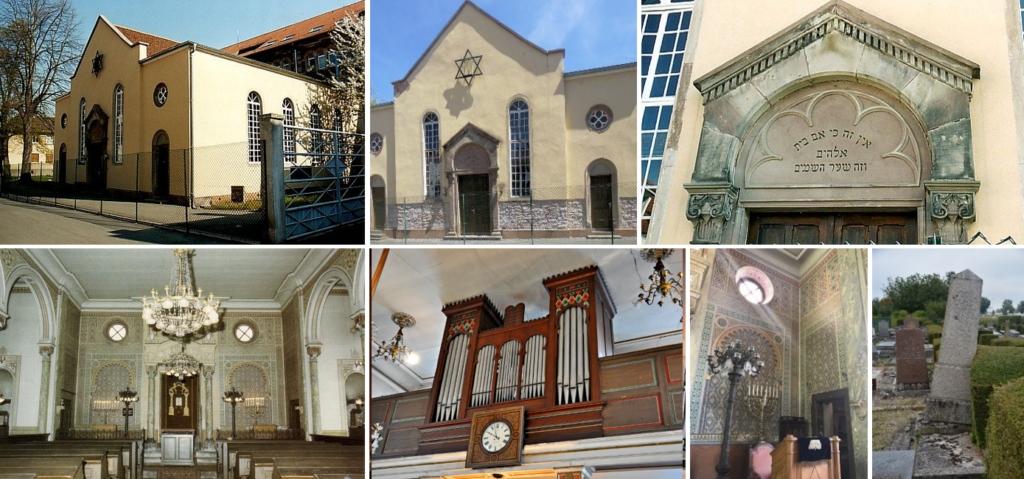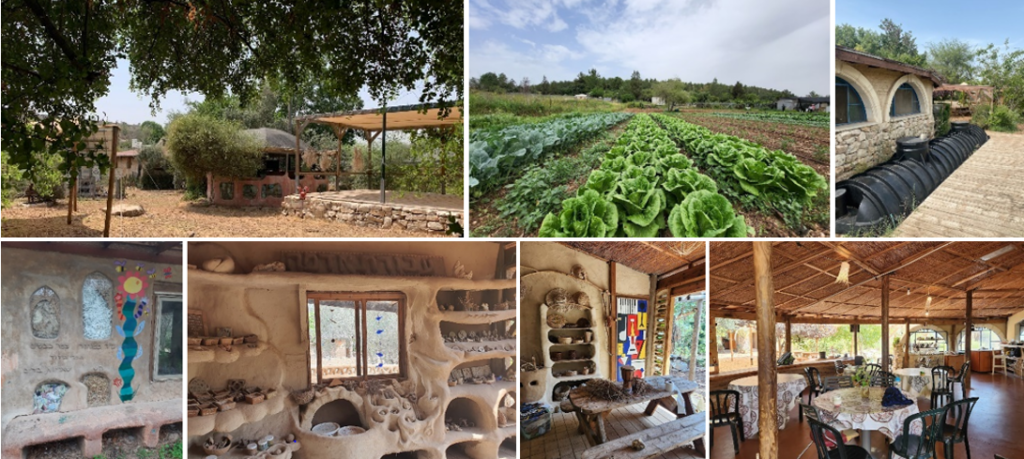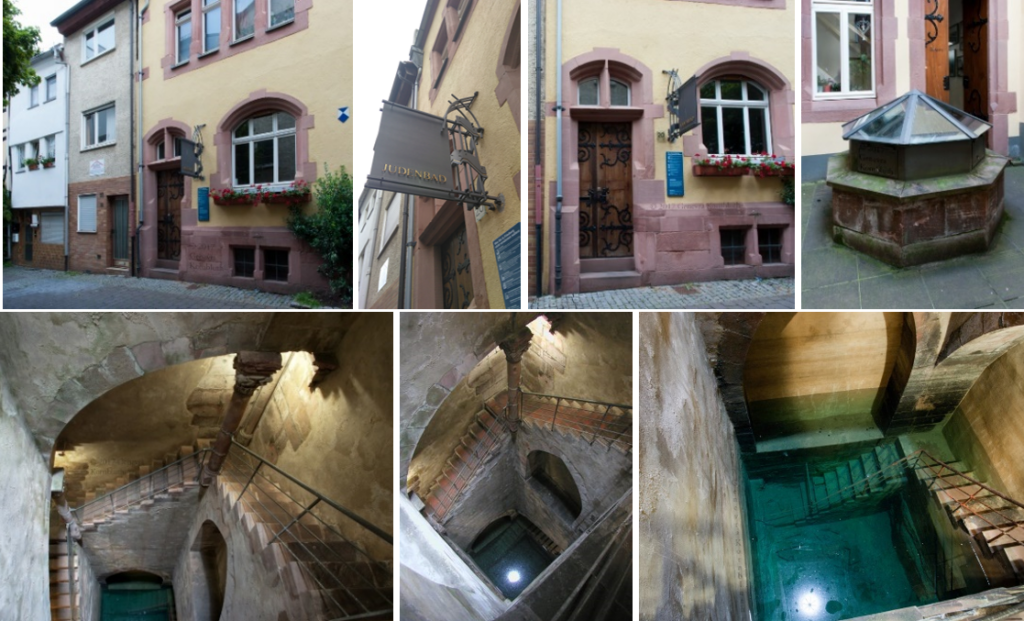
En anglais :
Parasha Pinchas (Numbers 25:10 to 30:1)
and the associated Haftarah (I Kings 18:46 to 19:21).
God reveals Himself to Pinchas and Elijah and rewards them for their fervor and zeal in His service.
I Kings 19:12
וְאַחַר הָרַעַשׁ אֵשׁ, לֹא בָאֵשׁ יי ; וְאַחַר הָאֵשׁ, קוֹל דְּמָמָה דַקָּה.
And after the earthquake a fire; but the Lord was not in the fire.
And after the fire, a still small voice.
The Battle of Megiddo in 1918 was decisive. General Edmund Allenby, leading the British forces, defeated the Ottoman army, leading to its collapse and the liberation of the entire region.
Elijah’s Cave is located on Mount Carmel, which is renowned for its natural beauty and lush vegetation. The still small voice of the wind rustling through the trees adds to the peaceful and spiritual atmosphere of the site. The cave, now accessible to everyone (previously restricted to Christians or Muslims at certain times), is reached via a staircase from Allenby Street in the lower part of Haifa. According to tradition, Elijah came here to pray before calling down fire from heaven.








